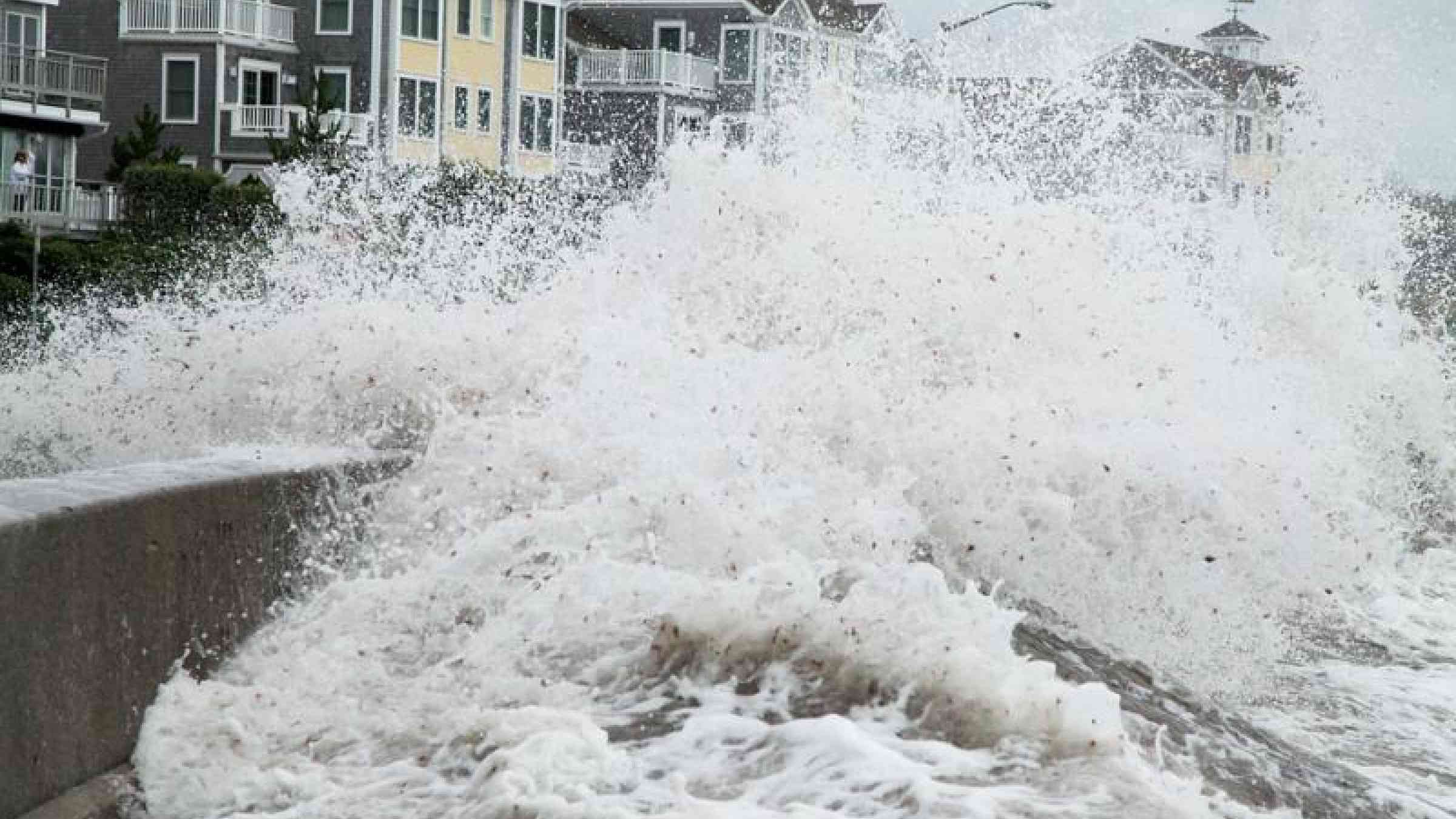Choosing to stay or go: Why we shouldn’t assume that climate-related migration is inevitable

By Liam Moore
Studies and predictions of how flows of migration and displacement are influenced by climate change are gaining salience in popular discourse. However, while increased attention on this important topic is welcome, the perspectives and narratives popularised about climate-related (im)mobility are often unhelpful and misguided. While there is a fast-growing body of research on how climate change may influence patterns of migration and displacement, problematically, those internally displaced because of slow-onset hazards receive the least attention. These groups also fall within gaps in existing legal and normative protection frameworks and are often located in the most vulnerable areas of countries who have contributed the least to climate change itself. However, even though the situation seems dire, we cannot assume these people want to leave, or their movement is inevitable.
Despite them lacking the same legal protections as those who flee across borders or are displaced because of conflict, climate change presents an opportunity to protect those at risk of displacement, according to Jane McAdam. Because of the predictable nature of climate-related hazards, there is a chance to take pre-emptive action before people are harmed or displaced. This is clearly an opportunity we must take advantage of. However, as well as creating pathways for safe and orderly migration, governments, NGOs, and local authorities need to work with communities to allow people to remain where they are if they choose to do so. A key principle when considering migration and relocation is that people have the right to voluntary movement. Outside of emergency evacuations, people within climate-vulnerable communities should be able to choose whether they leave or stay.
We cannot assume people at risk of being displaced by climate change automatically want to flee their homes. Often the opposite is true, and people will do all they can to stay where they are, choosing voluntary immobility over migration or relocation. Frequently, the communities most at-risk of displacement have particularly strong connections to land and place, which increases both their desire to stay and the trauma they experience if forced to leave. This is particularly true in the Pacific, a region described as the ‘canary in the coal mine’ for the effects of climate change on humanity. However, many leaders in the Pacific outright reject the labelling of islanders as vulnerable or victims. They argue notions of fragility and weakness are counterproductive and create a sense of inevitability around potential displacement. One group of activists, the Pacific Climate Warriors, even adopted the slogan ‘We are not drowning, we are fighting’ to counter these perceptions.
Unfortunately, as Fiji’s new Planned Relocation Guidelines state, the cumulative effects of climate change may make some traditional places of living uninhabitable. However, even in extreme cases where relocation is unavoidable, these people still emphasise their strength and desire to fight. A resident of Vunidogoloa, the first community in Fiji to be relocated because of climate change, said to an interviewer, ‘we were trying to adapt by our own so that we don’t have to leave our land and each time the sea came to our doorsteps, we moved a little away from it until it became so worse that we knew we had to relocate.’ Best practice now states that in these circumstances, relocation can only be proposed when all other adaptive measures have been exhausted. Simply put, everything must be done to let people stay, before relocation can even be considered.
Therefore, policies around climate-related migration and displacement also need to incorporate perspectives on locally specific resilience building and disaster risk reduction strategies. As well as ensuring climate-vulnerable communities have access to safe and orderly pathways of migration, steps must be taken to work with communities to increase their climate resilience and wherever possible ensure the decision to move is not taken out of their hands. This will not be easy, as each island and community in the Pacific is unique and therefore will need locally specific strategies to increase their resilience and ability to withstand hazards and disasters. One way to address this is to ensure all adaptive measures are implemented through a fully participatory process, one which foregrounds the lived experience of locals and amplifies marginalised voices within the communities. An example of how strategies like this can be used to increase communities’ resilience is Tonga’s Coastal Protection Trials Project. Consultations with six communities found local resilience could be increased by building breakwaters and groynes, creating new mangrove nurseries, and constructing defensive structures from sandbags.
Perhaps unsurprisingly, it is the states most at risk from climate change who are taking the lead in developing frameworks and principles to guide adaptation measures. The Pacific is exceptional in that almost all countries in the region have adopted their own disaster risk reduction strategies. Fiji and Vanuatu, in particular, have been leaders in linking discussions of displacement and migration with disaster risk reduction. The political will to address these issues is obviously there, it is just a matter of ensuring communities are able to participate in the implementation of these policies and, ultimately, make their own decisions about their futures.
Communities in these areas may be vulnerable, but they by no means lack agency. If given the chance, they are more than capable of increasing their resilience and capacity to withstand climate-related hazards. We cannot fall into the trap of seeing displacement as inevitable. Rather than predetermining whether people should leave or stay, they should have the chance to remain in their homes, or as close as possible to them. We must ensure those working with and around climate-vulnerable communities incorporate both locally specific resilience building and disaster risk reduction methods, and considerations of migration, displacement, and (im)mobility into their frameworks and practices. The decision to migrate or relocate must remain with communities. While they choose to stay, everything must be done to facilitate adaptive and mitigating measures, even if relocation becomes unavoidable down the track.